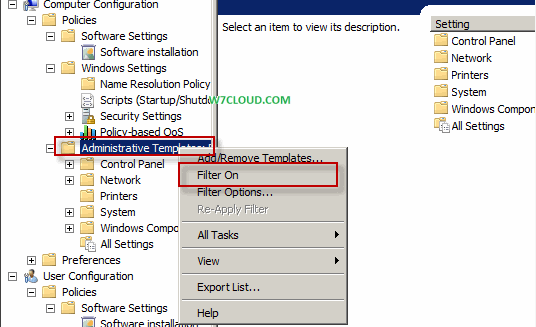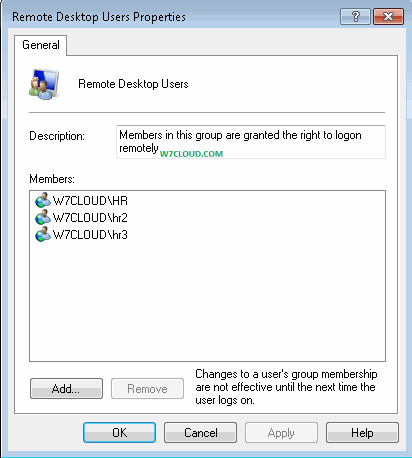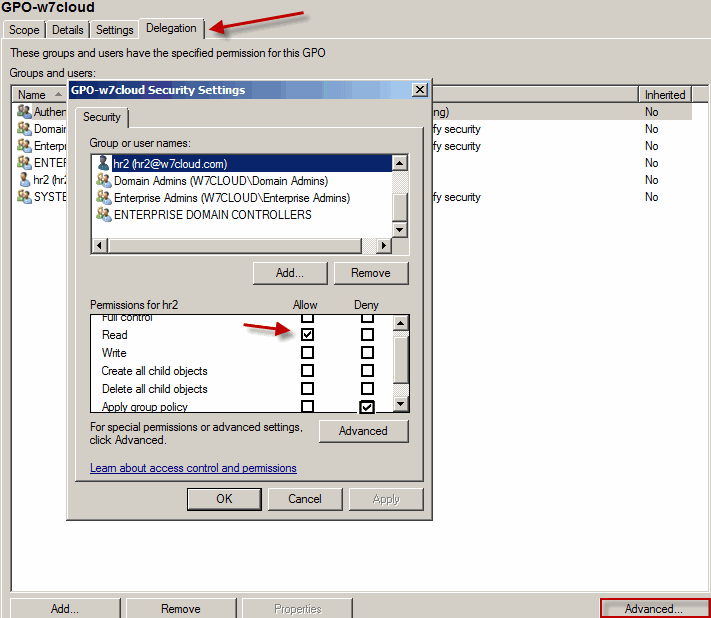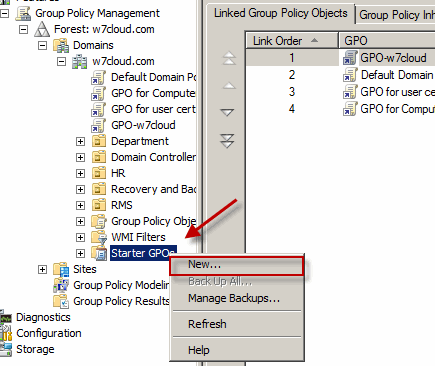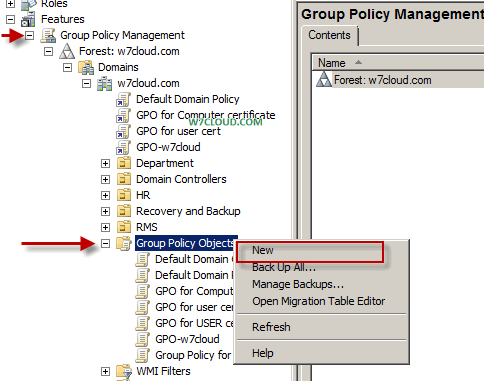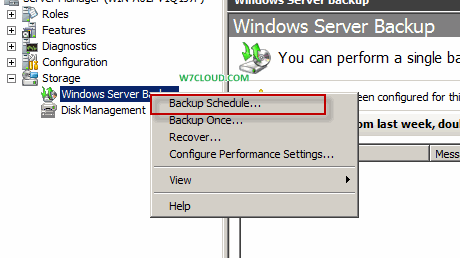What is Forest Functional Level:
The forest functional level can be achieved and determined by the level of functional domains in any forest. If in your forest domain controllers have different server OS then Forest functional level (FFL) is the lowest domain function level. For example you have w2k, w2k3 and w2k8 in your forest then forest functional level in case would be the windows 2000 domain function level.
Forest functional level (FFL) Windows 2000:
This forest function level only provide you the basic features of AD, these feature includes Universal Group caching, backups, AD quota feature, Application directory partitions, SIS for system access control lists (SACL) and Global Catalog replication enhancements.
Forest Function Level windows 2003:
All the domains in this forest functional level have windows server 2003. Some important features of FFL w2k3 are:
- Forest Trust: If you have FFL windows 2003 then you have the ability to create a forest trust between two forests and users in both forests can access each other recourses.
- Domain Renaming: You can rename domain which is handy in some cases.
- You have linked value replication in FFL 2003 which sends the only updated changes to its DCs and forests.
- RODC: You can define RODC in FFL.
- In FFL 2003 you have Improved Knowledge Consistency Checker (KCC) replication algorithms.
- Deactivate schema objects: Suppose you have created a schema accidently, now you can delete this schema but you can deactivate this schema in Forest Functional Level 2003.
Forest Function Level windows 2008:
All the domain controllers have windows server 2008 in FFL 2008. This forest function levels have all the features of FFL 2003 plus the DFL features for 2008.
Learn about Domain Functional Level








